10 Costly Food Storage Mistakes To Stop Now
You spend a great deal of money on food, so the last thing you want is to throw it away. Learning about proper food storage techniques can help to reduce food waste or extend the lifespan of your food. As a bonus, proper food storage can increase organization in the kitchen. So, what are the worst food storage mistakes that are costing you money?
1. Not Storing Food In The Freezer
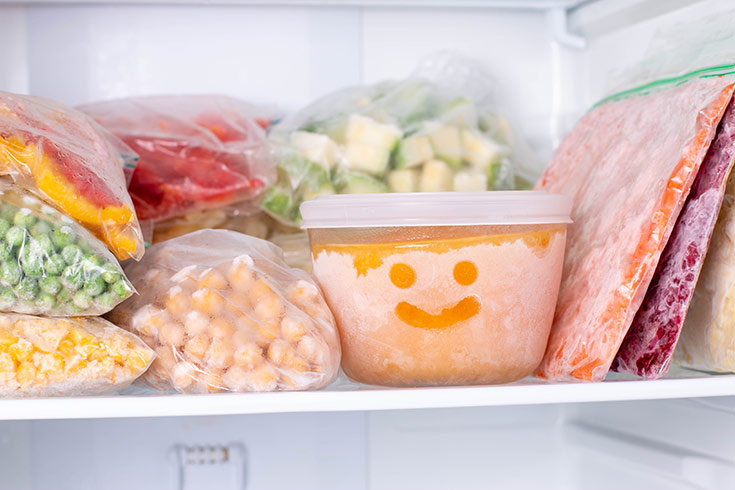
If you’re only using your fridge to store food, you’re probably throwing away food – and money. You can extend the freshness of your food by storing them in the freezer. If you place food in the freezer, it can last for months versus only a few days in the fridge. However, double-check if your food is suitable for freezing.
2. Using The Original Food Packaging
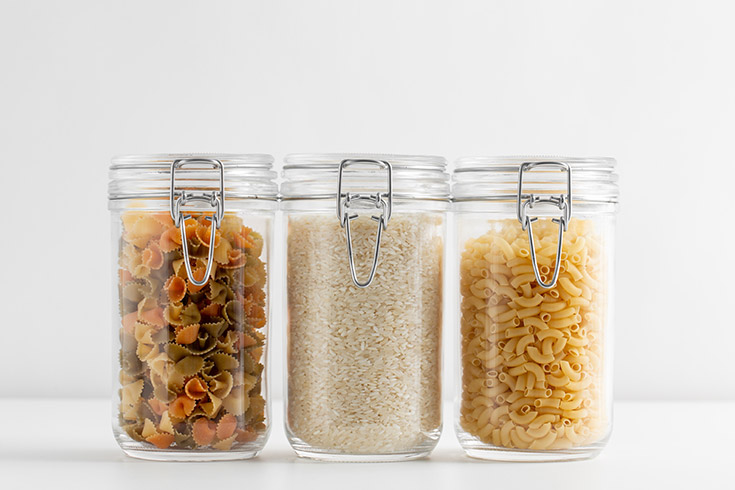
Once you open certain dry goods, make sure you transfer them to a proper storage container, especially if they don’t come with resealable containers. It’s crucial to keep dry goods tightly sealed to maintain their freshness. If you don’t store dry goods in an airtight container, it could spoil quicker, and that means your hard-earned money goes down the drain.
3. Disorganized Storage
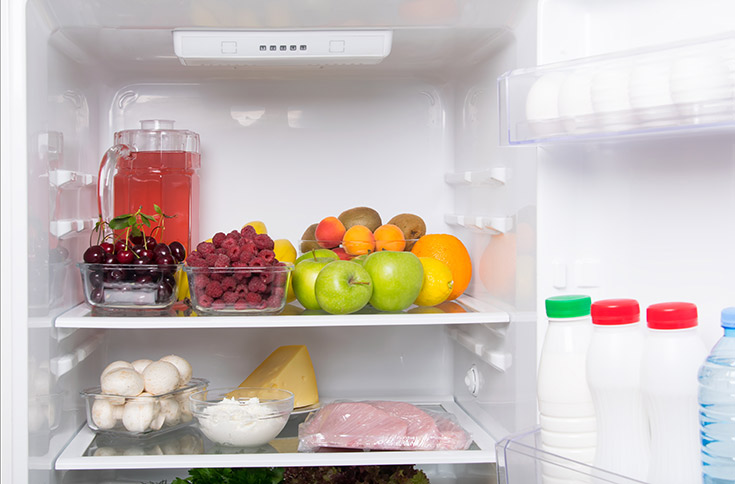
Organizing your food can help a great deal in reducing food waste and keeping your food safe to eat. A good example is to separate raw meat from fresh fruits or vegetables. Store the meat on the bottom where leaking juices can’t drip down onto your fresh produce. Properly organizing your food can prevent cross-contamination.
4. Not Covering Stored Food
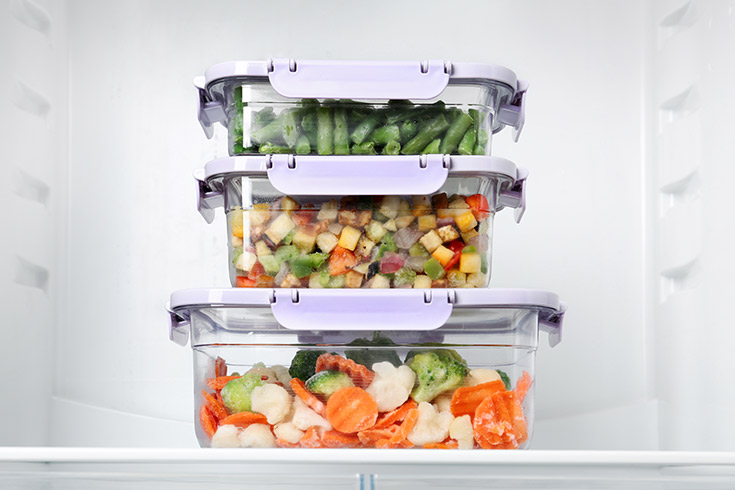
Always cover food when storing it. This rule applies to all types of food as it can prevent cross-contamination. If you have to store any leftover food, make sure to keep it covered at all times.
5. Storing Too Much In The Fridge
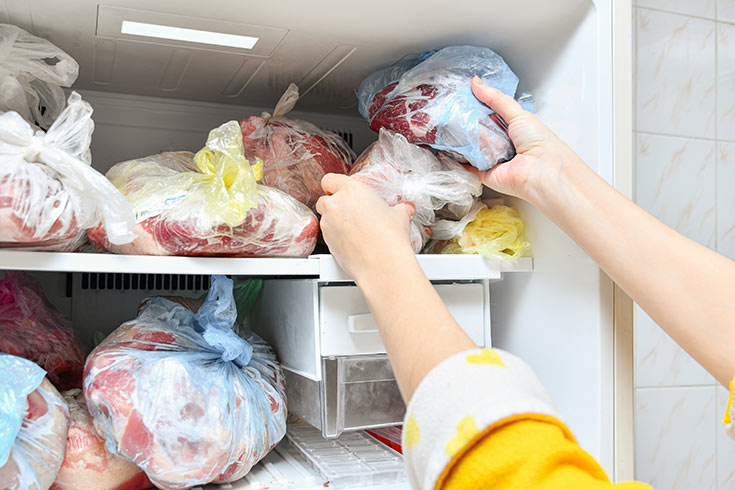
Maintaining the optimal temperature inside the refrigerator and freezer is critical to its ability to safely store and prolong the freshness of your food. Avoid overpacking your fridge or freezer at home to keep the temperature constant. Otherwise, it could reduce airflow inside the fridge and promote bacteria production.
6. Not Storing Bread Properly
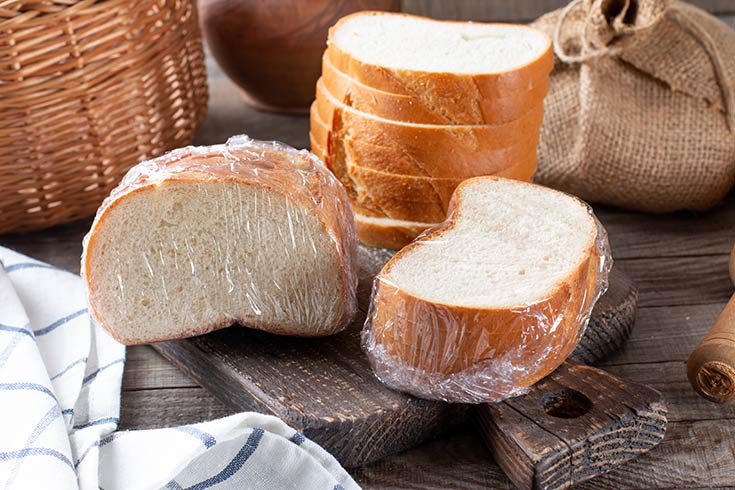
Breads are among those food items at home that are commonly thrown out. Consider the type of bread and the climate you live in when choosing the best storage method. If you have any leftover bread, wrap them in an airtight container or store them in the fridge or freezer.
7. Use By Vs. Best Before Dates

Knowing what the ‘Use By’ and ‘Best Before Date’ labels on food mean is important. The Use By Date indicates when you must consume the food by that date, whereas the Best Before Date refers to the period when food quality is at its highest. The farther the food is from the Best Before Date, the lower its quality. Make sure to take note of these dates for food safety and to prevent throwing your food away before it’s necessary.
8. Storing Certain Foods Together

If you want to cut down on food waste (and wasting money), it’s important to know which foods you can store together and which you cannot. Storing certain foods together can lead to cross-contamination or contribute to faster spoilage.
9. Storing Perishable Items In The Fridge Door
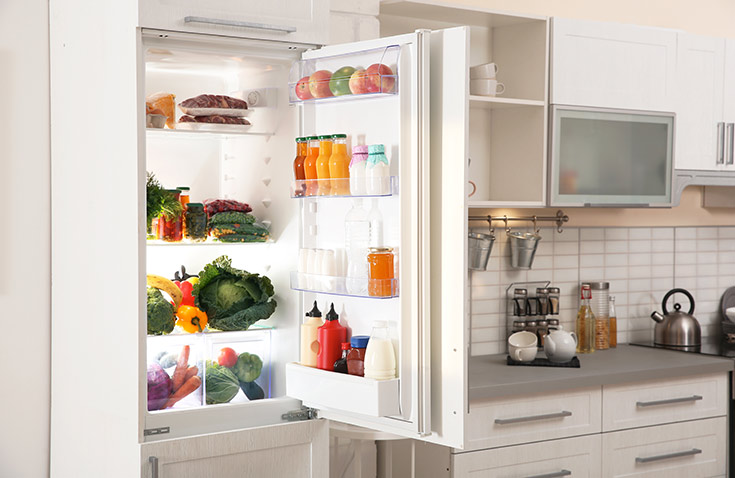
Storing your food at the fridge door might seem practical and convenient. However, it’s not the best storage spot because food tends to spoil faster if you store it in the door because it experiences the highest temperature fluctuations. Avoid storing temperature-sensitive food items in the fridge door.
10. Not Allowing Food To Cool Down Before Storing
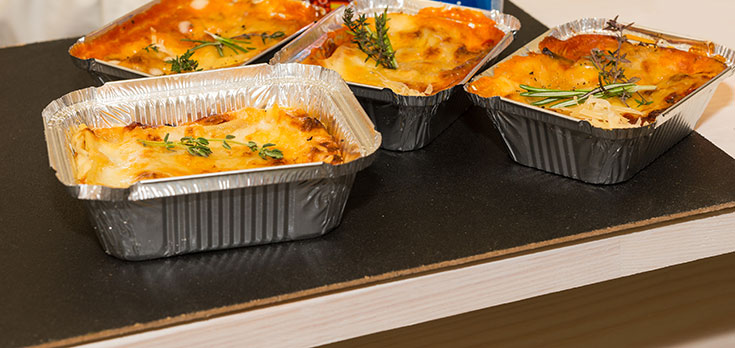
There is a misconception that you have to immediately store leftover food inside the fridge. While it’s important to understand the concept of the temperature danger zone, you should also note that trapping excess heat in a container could lead to faster spoilage. If steam collects on a lid when you close the container, it’s probably too hot to store.
How To Scramble Eggs Like A Pro
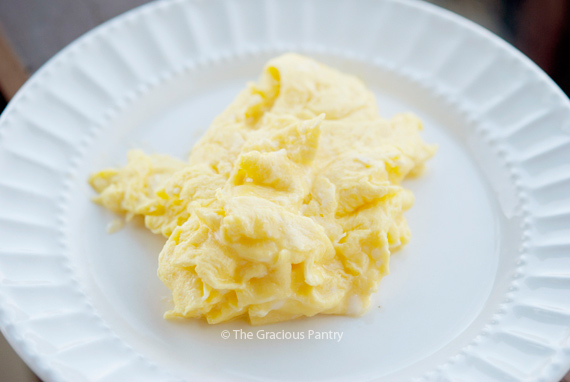
If your scrambled eggs always turn out less than stellar, here’s how the pros do it.
How To Freeze Avocados
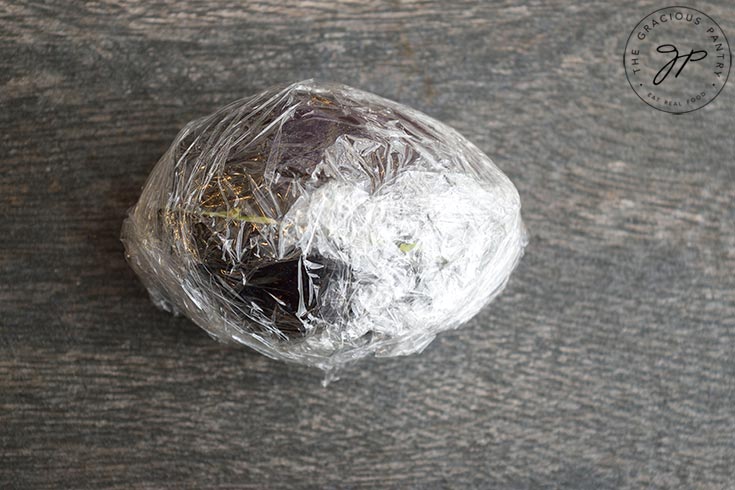
If you have a lot of avocados and no way to use them before they go bad, try freezing them.
How To Make Almond Milk
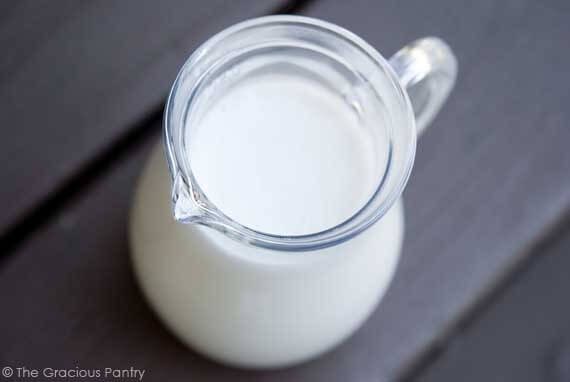
Interested in making almond milk at home? This guide will walk you through the steps.
This originally appeared on The Gracious Pantry.

